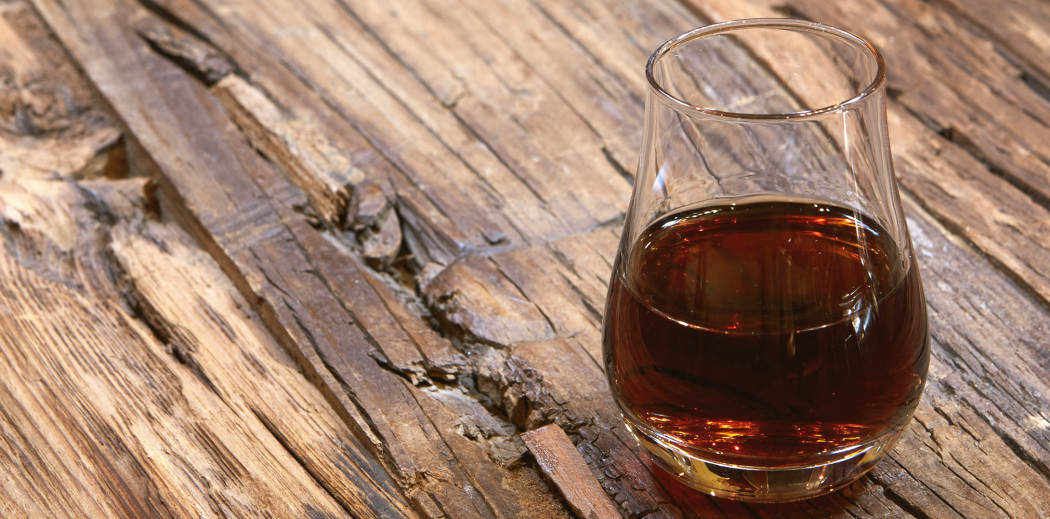It’s always been interesting to me that cooking wine seems to live in it’s own category. As a teenager, I worked at a grocery store that legally was not allowed to sell liquor – yet in between the olive oils and vinegars, we stocked Marsala wine.
Let’s get some background info on Marsala. This wine can be dry or sweet, and is produced in a Sicilian region, near the city of Marsala. Since so much of it is made for export (undoubtedly shipped to grocery stores like my own), the wine is fortified similarly to Port or Sherry. Fortification is a process of adding a neutral distilled alcohol to wine to raise the ABV, while also acting as a preservative. The original purpose of adding alcohol was to make sure it would last on long ocean voyages – today, it’s so we can make the ever-popular chicken and mushroom dish.
Marsala wine wasn’t always only used for cooking. Drier versions were traditionally served as an aperitif between first and second courses along with spicy cheese and fruit, and sweeter Marsala would be imbibed as a dessert wine. In America, you’ll probably find a dish at any Italian restaurant that has some sort of Marsala main course, whether it’s the aforementioned chicken marsala or something sweeter, like zabaglione or tiramisu.
So why did we stop drinking Marsala wine? Marsala has been synonymous with “cooking wine” for so long because of modern Sicily’s low-calibur, bulk wine, causing many to cheap out on the supermarket version. Bloomberg’s Mark Ellburg says that in the United State, where “marsala suffered from its association with that Atomic Era dinner party staple…higher-grade vintages are displacing cooking-quality wine in stores and on shelves.” And in restaurants. He cites acclaimed eateries from San Francisco to New York that have included high-priced bottles on their menus.
Marsala that’s appropriate for drinking goes beyond sweet or dry, with caramelized, nutty flavors. Keep the dusty, supermarket-procured bottle for your Italian-American dinner, and look for something that more closely resembles sherry. Victoria Moore of The Telegraph raves about a Baglio Florio Vergine 1998, which “smelt of hazelnuts and walnuts toasting in the oven, had the grainy texture of panforte and a surprising, refreshing dryness. It also…feels as if it’s about to smell of oranges but then doesn’t quite.” Intriguing, to say the least.
Going beyond wine lists, marsala is an ingredient that mixologists are excited about, too. Mr. Fogg’s in London offered a limited-edition “Old Kentucky Spiced” cocktail last month, made with passion fruit, vanilla-infused bourbon, and marsala wine, and Simon Difford offers a few delicious sounding marsala-infused beverages, including a creamy, boozy take on zabaglione.
So, bottom line – yes, you can (and you should!) drink marsala, whether on its own an aperitif or stirred into a cocktail. Just don’t buy it at the grocery store.









Many years ago, in the 1970’s, I used to get a couple of Marsala wines, by the producers Florio, and Diego Rallo e Figli. These wines were wonderful, both dry and sweet versions, were inexpensive and enjoyable. I also recall flavored Marsala wines, like Marsala ‘alla ovo’, Marsala with ‘egg’ flavoring. This made a great zabliglione. Also, there was a bottling called “Sicilian Gold”. These Marsala wines came in tall clear triangular bottles and were flavored. I haven’t seen these in many years, maybe they weren’t popular and thus were no longer imported or produced. All in all, I enjoy Marsala wine and usually have a few bottles at home, a bottle of the dry to use in cooking savory dishes, and a bottle of the sweet version for sipping after dinner.